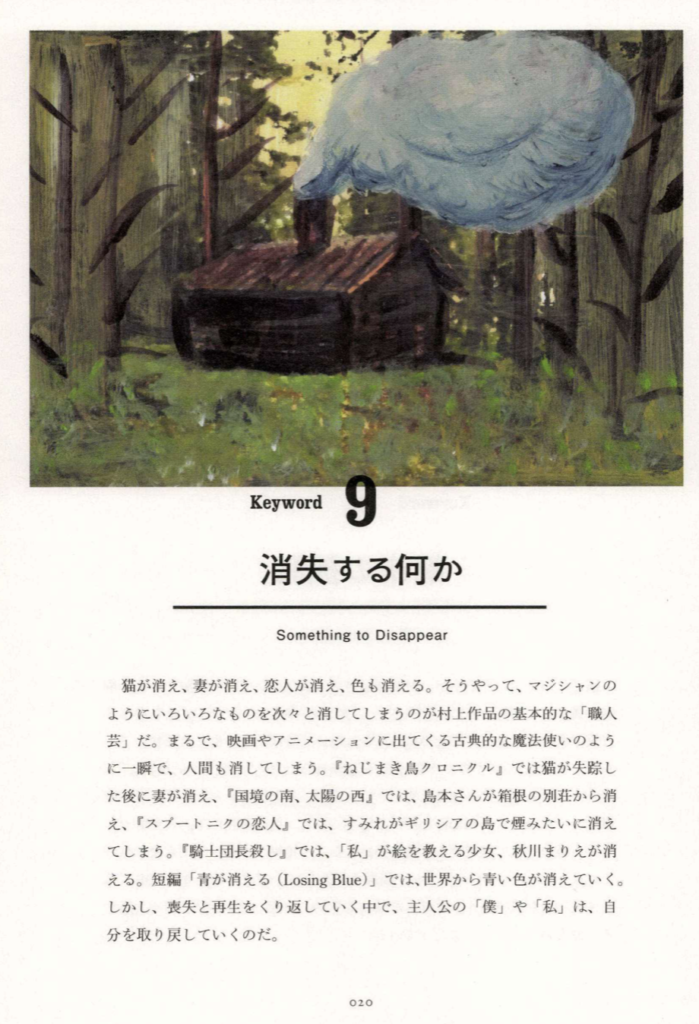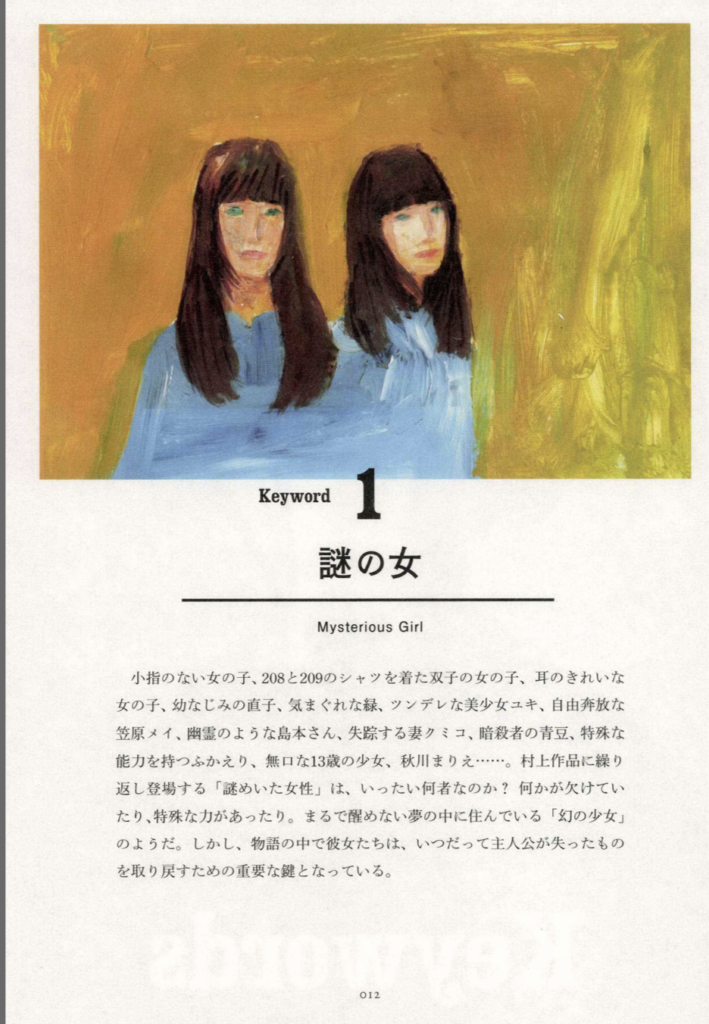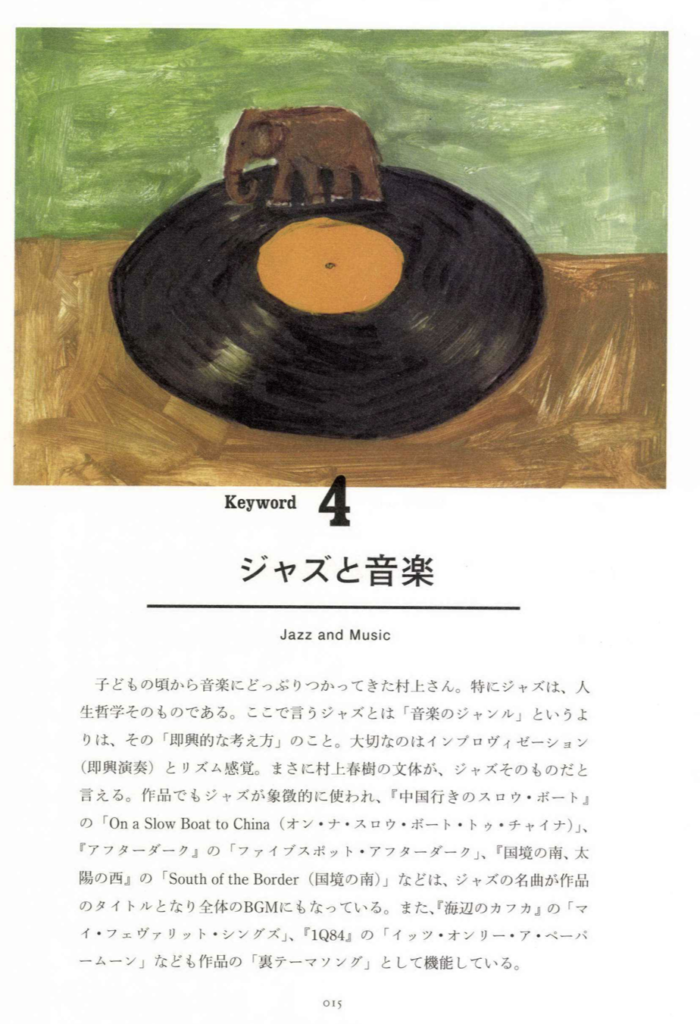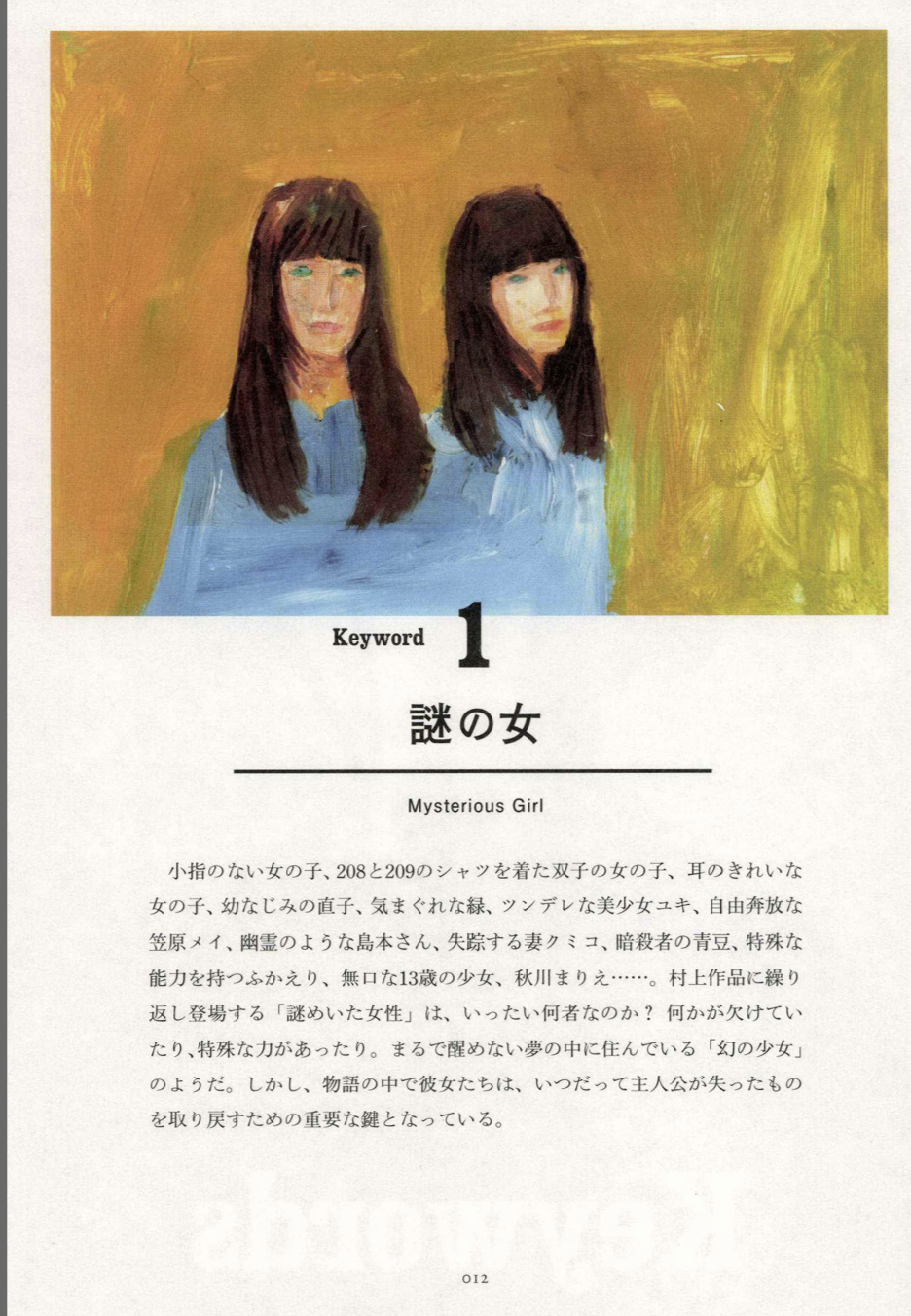by Kaori Shoji
Drive My Car which opened last August 2021, was one of the best things to hit Japanese theaters in years. Yet many Japanese cinephiles or people who footed it to theaters in spite of the pandemic, quietly gave it a miss. Two weeks later audiences were willing to sit through the new 007 movie with masks on throughout the nearly 3 hour duration, refused to pay the same tribute to what is effectively the first successful cinema adaptation of a Haruki Murakami short story by a fellow Japanese. Shame on us. Drive My Car bagged three awards at Cannes including Best Screenplay, (the first such feat for a Japanese filmmaker) and won the Golden Globe for Best Foreign Film. It’s now firmly placed on track for an Oscar.

So never mind the box office beating. The careers of director/writer Ryusuke Hamaguchi and lead actor Hidetoshi Nishijima went on a meteoric ascent as Hamaguchi picked up the Silver Bear at the Berlin Film Festival for Wheels Of Fortune And Fantasy months before Drive My Car and is now being inundated with offers from Hollywood and Netflix. Veteran lead actor Hidetoshi Nishijima was all over the media in TV and film last year before giving his best performance yet in Drive...He was named Best Actor by the US Films Critics Award, the first for an Asian actor.
Through it all, the 43-year old Hamaguchi appeared unfazed. In interviews he has stated that Japan isn’t his only playing field though he has professed a love for its cinema industry and in early 2020, he crowdfunded over 330 million yen to save arthouse theaters from Covid bankruptcy. Hamaguchi discipled under Kiyoshi Kurosawa, another auteur whose international reputation has come to overshadow his Japanese notoriety. Under Kurosawa, Hamaguchi learned the ropes of competing in the film fest circuit, dealing with foreign distributors and grooming his stories for global appeal. Otherwise, Hamaguchi is a visionary filmmaker with a special flair for intricate and nuanced storytelling, which comes to the fore in Drive My Car. He took a 40-page Murakami short story and leavened it up to a running time of 3.5 hours, adding Chekhov’s Uncle Vanya, Korean actors and the Hiroshima City backdrop in the mix. Through Hamaguchi’s careful doctoring, Murakami’s original story was reborn with much more weight and muscle, able to grapple with emotions that have both urgency and relevance. This is some serious cinema alchemy we’re looking at here.
On the other hand, Hamaguchi is respectful of Murakami and makes sure the film has the author’s logo stamped all over it. There’s no mistaking the elegant lassitude permeating the storyline, the finicky intellectualism and inherent narcissism of the characters. The only factor that strikes a non-Murakami chord is the presence of Toko Miura, who plays a woman named Misaki. She’s a chauffer with a skeleton or two in the closet of her mind and she’s at once fragile and tough, capable and vulnerable. In Murakami’s story, Misaki serves as a young, female sounding board for the protagonist’s inner musings. In Hamaguchi’s film, her importance goes up several notches and she’s recreated into a women with her own agenda and personal demons, who’s not there to be sexually objectified or soothe anyone. Miura, who used to work part-time at a Tokyo gas stand when she wasn’t working as an actress, is now one of the most watchable performers in the Japanese film industry and Drive My Car owes a huge chunk of its success to her prowess.
Still, being a Murakami story, Drive My Car ultimately comes off as tale of male ego, or more to the point, the taming of it. Nishijima plays a slender, 50-ish man named Kafuku (an obvious play on the name ‘Kafuka’ from the Murakami bestseller “Kafka By the Sea”), a stage actor who discovers that his wife Oto (played by a splendid Reika Kirishima) has been sleeping around. Kafuku has been semi-aware of Oto’s infidelity but when confronted with the scene of her having sex with another man, his mind shuts down. That night, Oto is found dead from a brain hemorrhage and Kafuku retreats into a shell of wordless grief.

Two years later, Kafuku accepts a residency position in Hiroshima and he’s introduced to Misaki, who has been hired to drive him to and from the theater in his car (a Saab 900, of course). Through their brief conversations finds himself able to face Oto again, not as a wife who betrayed him but a woman in her own right. In the meantime he collaborates with Korean actors for the stage production of Uncle Vanya and builds a rapport with Takatsuki (Masaki Okada), who had been Oto’s last lover.
Murakami’s story is part of a compilation titled Men Without Women, a fate which, in the Murakami scheme of things is akin to death by torture. Men cannot exist without women or their fantasies and much of Murakami’s words are devoted to describing the subtleties of their allure. In his fiction the female is never objectified outright but she’s not to allowed to exist outside the confines of the male ego, either. Murakami always hands over the reigns of power to his women characters, making sure they will never abuse it. If she gets too much for the man to handle, she tends to make a fast exit. Like Oto. Or Naoko from his trademark novel Norwegian Wood.
This Murakami penchant is in perfect keeping with the Japanese literary tradition and reveals, that for all the Americanisms and western-liberal icons/props scattered across the pages of each and every one of Murakami’s works, the master is in fact, a traditionalist. The combination was dazzling and exotic back in the 20th century. Personally I likened a Murakami novel to a cool, fizzy drink ordered in a bar in an American military base, not that I could set foot in such a place. But two decades plus into the 21st century, the magic of Murakami’s words come off as nostalgic and quaint. It took an alchemist like Ryusuke Hamaguchi to filter out the antiquated grunge of the original short story and upcycle it into a masterpiece.
For all that, many of us who grew up on Murakami are not ready to cancel him altogether. Generations of Japanese owe him for showing us a world outside the archipelago, for writing about jazz and beer and summer afternoons spent swimming laps at the pool, for dedicating an entire book to marathon running as a pleasurable hobby, for girls who enjoy sex and own up to their sexuality, for boys who are clumsy about relationships but bafflingly knowledgeable about coffee. We owe him for being easily translatable and comprehensible to an international audience that would otherwise equate Japan with anime and karoshi (death by overwork).
Maybe Haruki Murakami can’t carry the brand on his own anymore but that happens to every established business with a recognizable logo. And now that Ryusuke Hamaguchi has set the precedent, more Murakami adaptations are sure to follow. If you’ll excuse the slightly nationalistic tone, it’s a good time to be Japanese.
Editor’s note: If you’re a fan of Haruki Murakami, with a sense of humor, be sure to avail yourself of a copy of 村上春樹語辞典 (Dictionary of Haruki Murakami Words) which is tongue in cheek tribute and guide to his writings. Even if you don’t read Japanese, the great illustrations, the haiku-like use of English, and the pin-pointing of his common themes and motifs is a delight to read.

